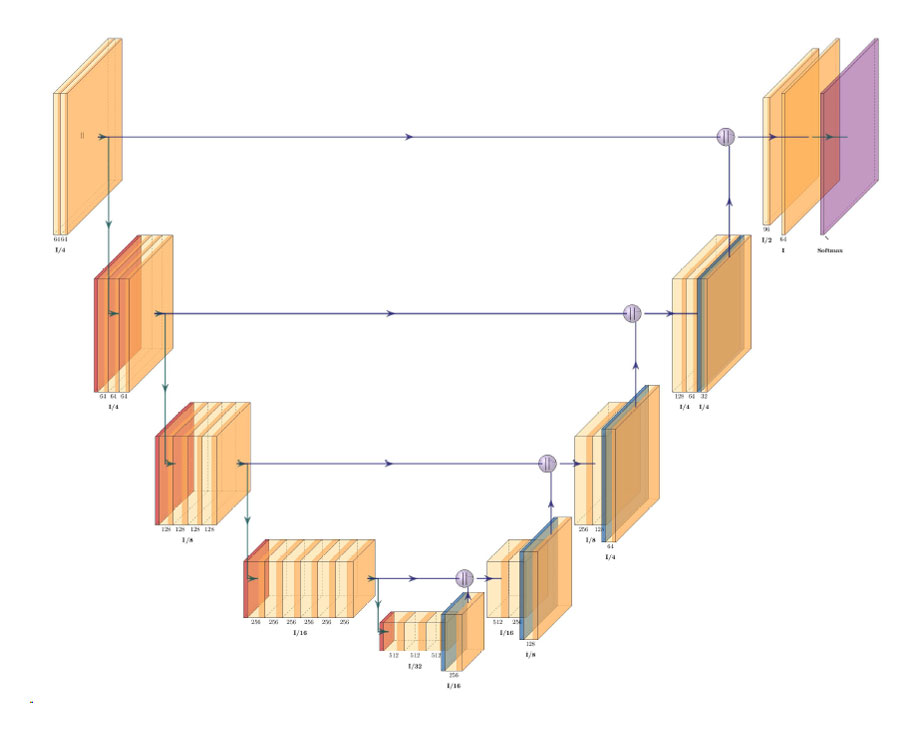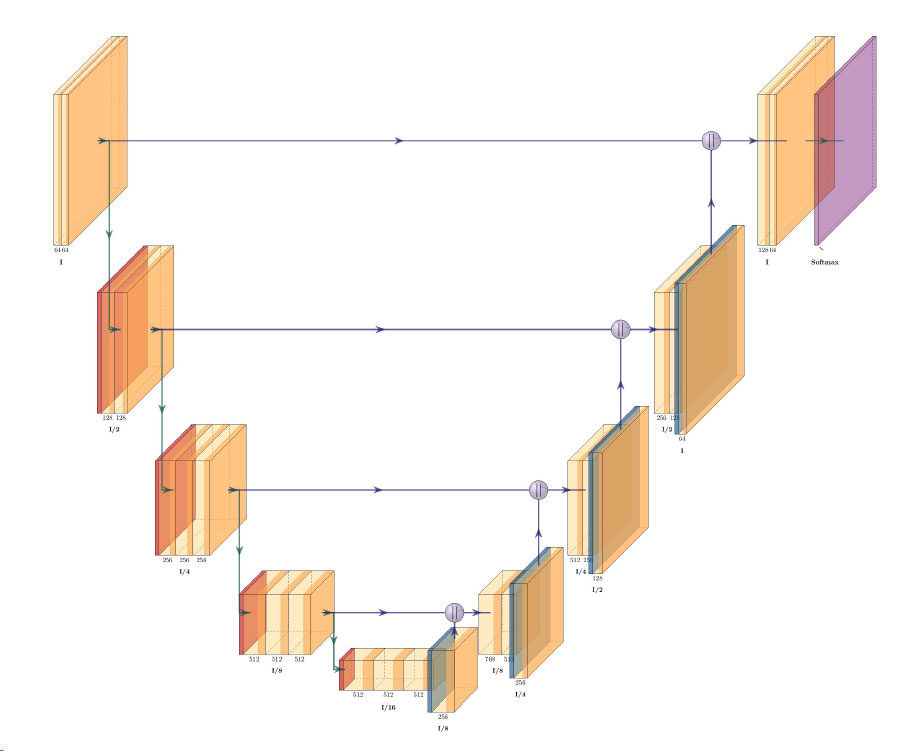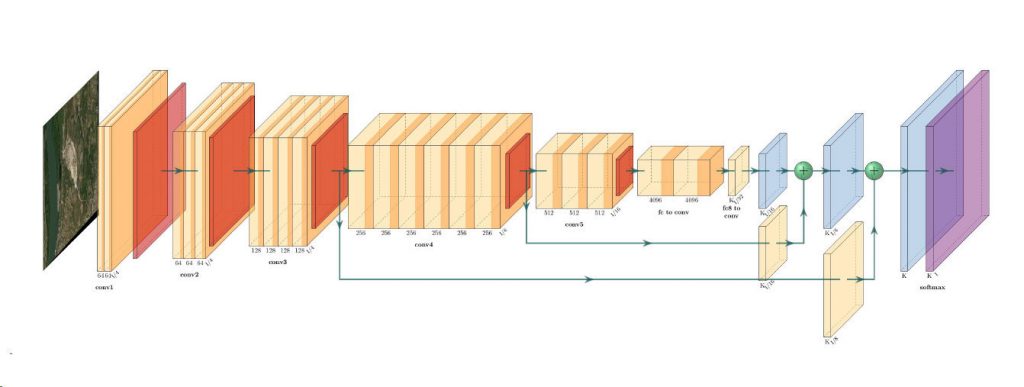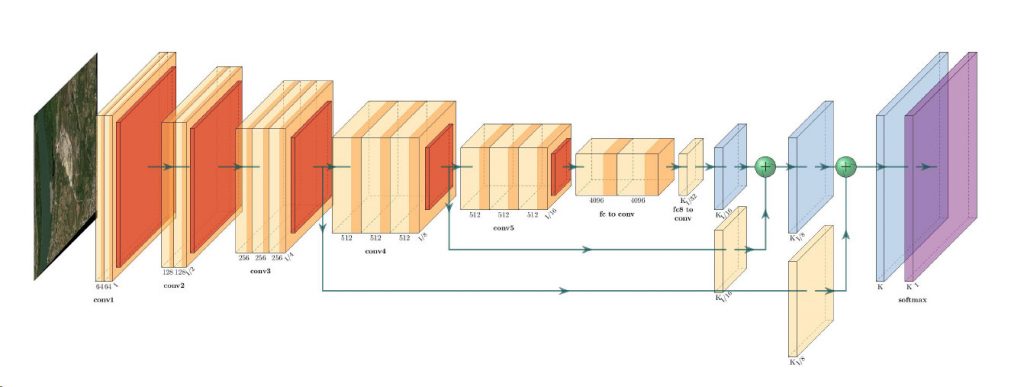Habitat Preservation Using Satellite Imagery
- European Space Imaging
The Hartibaciu Tableland encompasses about 2,500 square kilometers in central Romania and is home to many rare species of birds, flora, and fauna. It is an area susceptible to flooding and landslides, is subject to development pressure, and is experiencing population growth. The World Wildlife Fund (WWF), in cooperation with the Danube Carpathian program and European Union, commissioned a geographic survey to create land management plan for the region.
Preserving the Habitat of Unique Species
Nearly 50 percent of Romania is covered by natural and semi-natural ecosystems. The country contains some of the largest undisturbed forest land in all of Europe and is home to about 400 unique species of mammals, birds, reptiles, and amphibians. At 2,500 square kilometers, the Hartibaciu region is an important site for habitat preservation. The World Wildlife Fund will use the data derived from this survey to create a land management plan to identify preservation strategies for the region moving forward over the next ten years.
Muncons SRL Tapped by WWF for Project
Muncons SRL has been a WorldView Global Alliance reseller for three years. Muncons serves dozens of customers in government, defense and intelligence, mining, natural resources, oil and gas, and humanitarian and conservation agencies. When the WWF was seeking a partner to complete a topographical survey of the Hartibaciu region, it chose Muncons for its deep experience in high-resolution imagery projects. The ultimate goal of the project is to create land management plans and develop territorial planning guidelines in the region by integrating the components of biodiversity, conservation in territorial development, and natural resource use.
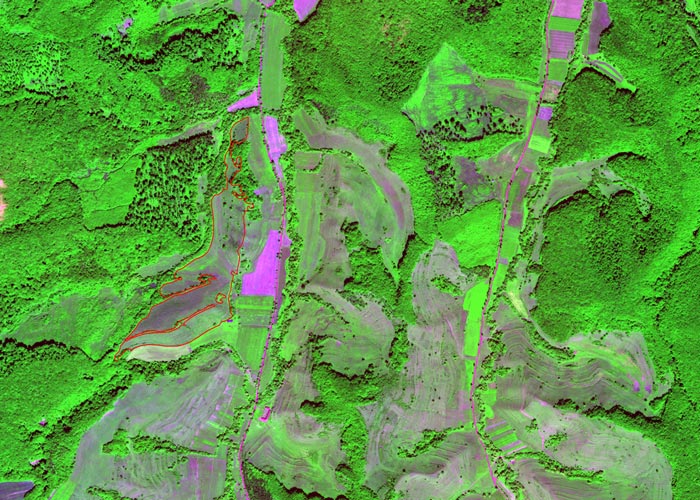
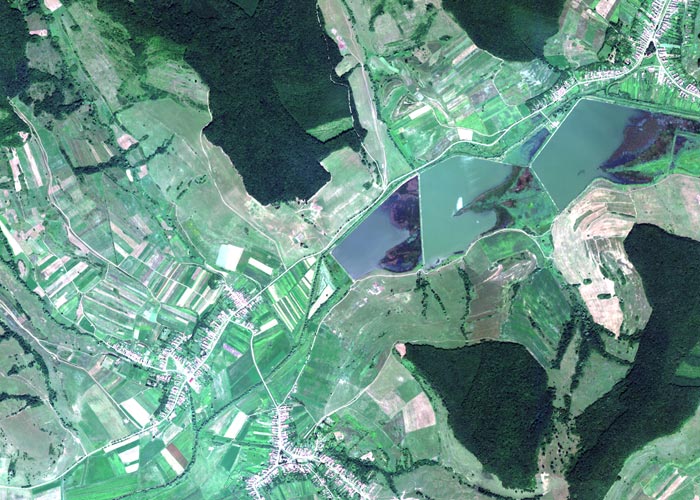
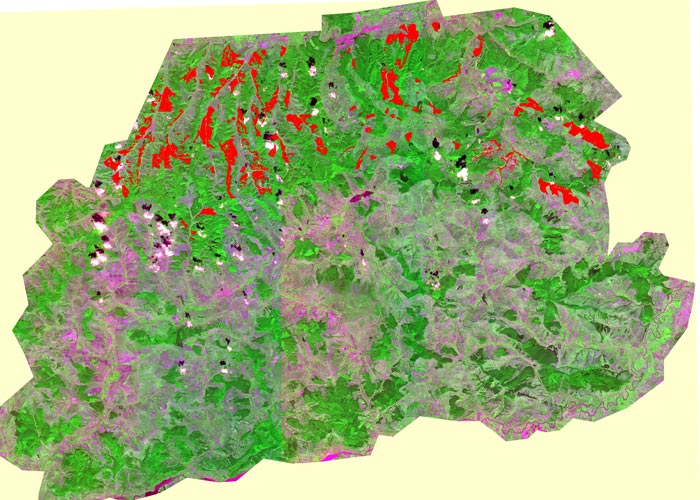
Building a Framework for Land Management
To build the necessary framework for proper management and preservation of the land, species, and habitats, Muncons deployed DigitalGlobe’s WorldView-2 8-band multispectral satellite. The resulting images were used for automatic and semi-automatic habitat classification, including land, water courses, infrastructure, and developed areas such as buildings, roads and industrial zones.
Muncons also created an integrated GIS solution to map species and habitats. The supplemental web portal included interactive maps of endangered species distribution, areas of vegetation, agriculture, preservation lands and environmental hazards.
“The goal was to create a comprehensive solution that the WWF, Nature 2000 and other stakeholders could use to create a far-reaching land management plan that could be used in many ways to promote conservation and preservation,” says Horia Munteanu, Director, Muncons SRL.
A Cost-Effective Solution
The use of WorldView-2’s high-resolution multispectral imagery and automatic image analysis resulted in rapid classification of habitats. The World Wildlife Fund was able to save a significant amount of money because fewer field specialists were required to complete the project.
"We provided authorities, investors and other stakeholders with a tool that allowed them to quickly, easily, and cost-effectively identify areas of endangered animal and vegetative species. We are clearly achieving the goals of increasing the involvement of a variety of stakeholders to create a land management plan to protect the environmental integrity of the region."
HORIA MUNTEANU, Director, Muncons SRL
Challenge
Create a solution to provide various stakeholders with the data and tools to create a comprehensive land management plan to protect the sensitive habitat of Romania’s Hartibaciu region.
Solution
Muncons SRL deployed WorldView-2 high-resolution satellite imagery with an integrated GIS solution and web portal to develop a land management plan used by a variety of takeholders.
Results
An accurate, cost-effective solution that has been used by the WWF and Natura 2000, the EU’s nature and biodiversity policy group to raise awareness of the environmental sensitivities of the region.
ABOUT MUNCONS SRL
Muncons SRL, a WorldView Global Alliance authorized reseller for the past three years, serves dozens of customers in government, defense and intelligence, mining, natural resources, oil and gas, and humanitarian and conservation agencies.
Related Stories
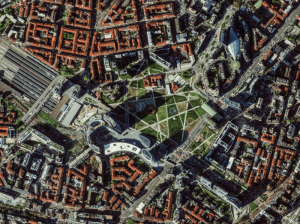
Europe’s Green and Digital Transformations with 25 Years of VHR Satellite Archive Data
Planning Europe’s future without knowing its past is impossible. The European Green Deal, Horizon Europe, the EU Biodiversity Strategy for 2030 and other policies all demand one thing: evidence. Not just today’s data, but years of history that show how our cities, forests, and coastlines have changed.
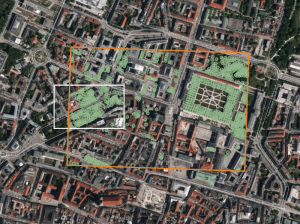
AI Uses 15 cm Satellite Images to Cut Costs and Increase Scalability in Forest Management and Urban Forestry
Forest managers across Europe face an impossible task: monitor millions of hectares with shrinking budgets while meeting increasingly strict EU environmental targets. But with the rise of AI and satellite technology, they now have new solutions at their disposal – smarter, cheaper, and more scalable – to monitor forest health, automate tree inventories, and plan sustainable logging. In this article, we introduce one of these solutions: an AI forestry algorithm developed by Arboair using 15 cm satellite data from EUSI.

GEOSeries: Extracting Insights From High Resolution SAR Imagery for Time-Sensitive Analysis
In this webinar, industry experts and advanced users of Umbra SAR data showcase how they transform SAR imagery into actionable insights in real-world mapping, monitoring and intelligence applications. See how NV5 and Umbra leverage ENVI SAR Essentials for advanced processing with time-efficient results, converting analytics into valuable intelligence.
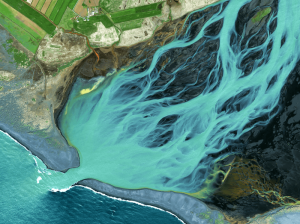
Using Satellite Imagery to Build Water Resilience Across Europe
Water across Europe is facing severe pressure. Climate change, urbanisation, agricultural demands and other sources of pollution are threatening water security and creating critical challenges that need to be addressed. We have to act quickly, build stronger systems and create sustainable water resilience practices – so that both natural ecosystems and human communities can thrive. Here is how satellite imagery from EUSI can help.


